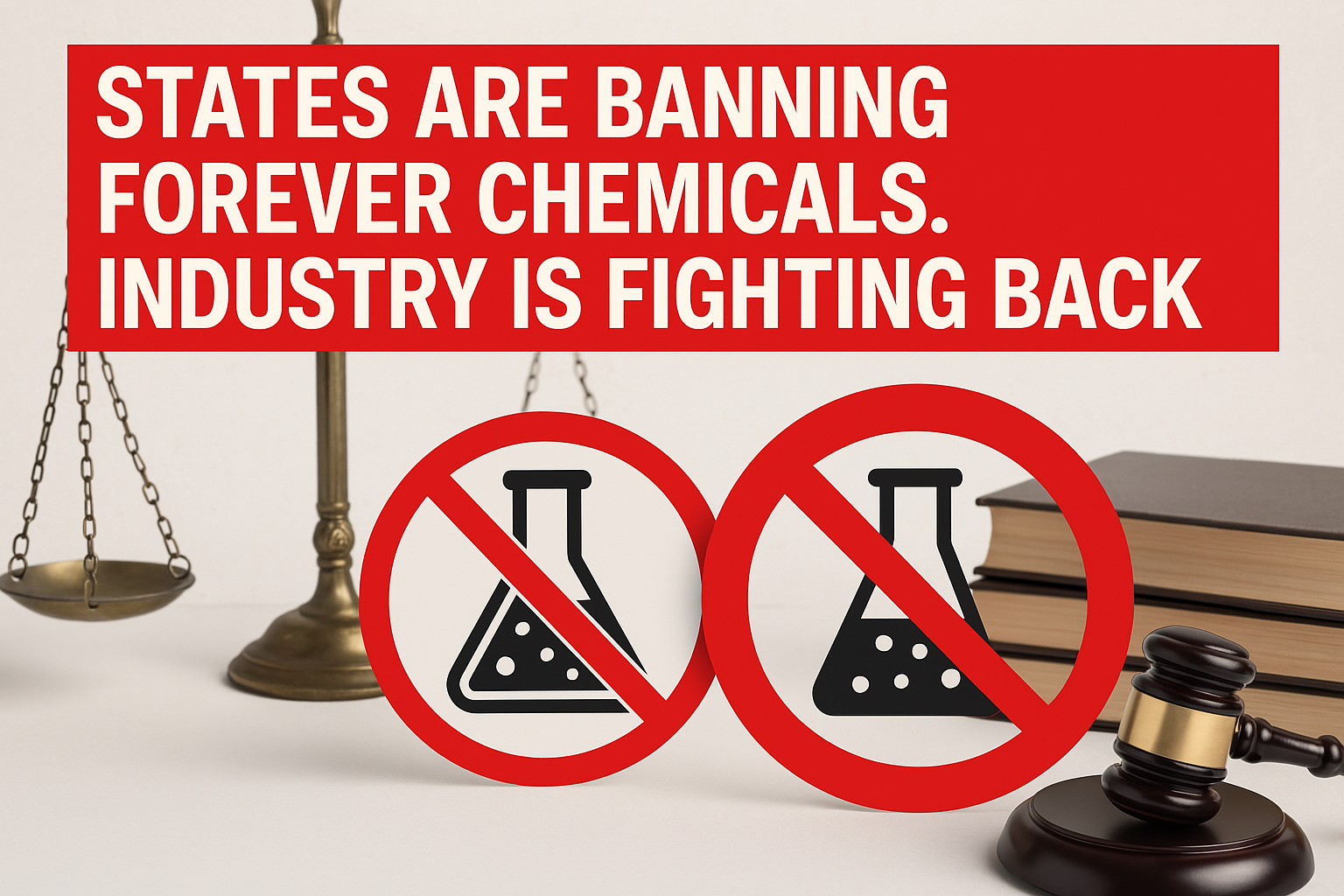Contamination Reference: Adapted from Local & National Reports – Toxic Dust, Sealed Windows, and Chemical Silence: PFAS Contamination Near North Carolina Plant Sparks Alarm
Location: Cumberland County, North Carolina, USA
Date: April 2, 2025
Status: ACTIVE – Residential PFAS Fallout
Threat Level: ☠☠☠ HIGH
Overview
A sinister cloud of invisible toxicity hangs over neighborhoods surrounding the Chemours Fayetteville Works plant in North Carolina. The latest discovery? PFAS-laced dust inside people’s homes. This microscopic fallout isn’t just floating through the air—it’s settling on beds, in carpets, and on kitchen counters, turning everyday spaces into invisible danger zones. Residents now live in a chemical shadow, where sealing windows and vacuuming daily is no longer about cleanliness—it’s about survival.
Contamination Source
The culprit is airborne PFAS particles emitted from decades of chemical manufacturing. As wind carries these particles across miles of rural North Carolina, they infiltrate homes and settle into household dust. Chemours, a spin-off of DuPont, is at the center of this environmental reckoning, with investigations showing that PFAS emissions have reached communities far beyond the plant’s perimeter.
Key Details
- Toxic Dust: Researchers found PFAS compounds in house dust more than 10 miles away from the plant. These include GenX and other next-gen “nonstick” chemicals.
- Inside Threat: Airborne PFAS are entering homes, contaminating spaces once thought safe. Levels detected in indoor dust are alarmingly high.
- No Safe Distance: Even homes located far from the chemical facility are affected, showing the extent of PFAS’s spread through air and atmosphere.
- Silent Exposure: Inhalation, hand-to-mouth contact, and skin absorption from dust all contribute to chronic exposure, especially dangerous for children.
- Regulatory Gaps: Despite increasing evidence, oversight remains minimal and enforcement delayed.
Health Impact Forecast
Long-term exposure to indoor PFAS dust is linked to:
⬆ Increased risk of thyroid disease and testicular cancer
🧬 Hormonal disruption and developmental delays in children
💀 Immune system suppression and vaccine resistance
Real Talk from the Field
“It’s not just the water anymore—it’s in our beds, our babies’ toys, and the air we breathe.” — Local Resident, Cumberland County
“You don’t see it. You don’t smell it. But it’s there. PFAS is the ghost in our homes.” — Environmental Scientist
What’s Next?
- Monitoring Expansion: Researchers and environmental groups are calling for widespread dust testing across affected counties.
- Filtration & Sealing: Residents are being advised to use HEPA filters, wet-clean surfaces, and keep windows closed—even on clear days.
- Corporate Pressure: Activists are demanding Chemours fund independent remediation efforts and long-term health studies.
- Policy in Progress: Lawmakers are under increasing pressure to implement strict PFAS air emissions standards—a move decades overdue.
Message to the Collective
What’s happening in North Carolina isn’t isolated—it’s a preview. The air, once a symbol of freedom and life, now silently delivers poison into the heart of American homes. This isn’t science fiction—it’s the legacy of unchecked corporate power and environmental indifference.
We must demand justice, transparency, and sweeping reform. Because if PFAS can ride the wind, then no one is out of reach.
PFAS Planet is real. And it begins in your living room.






